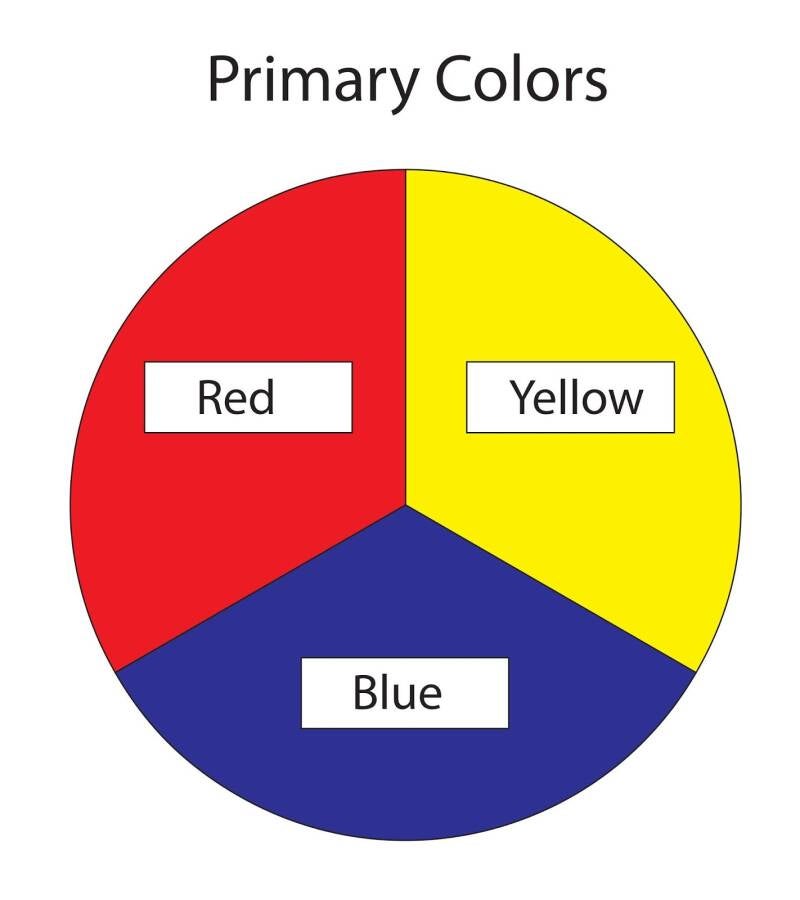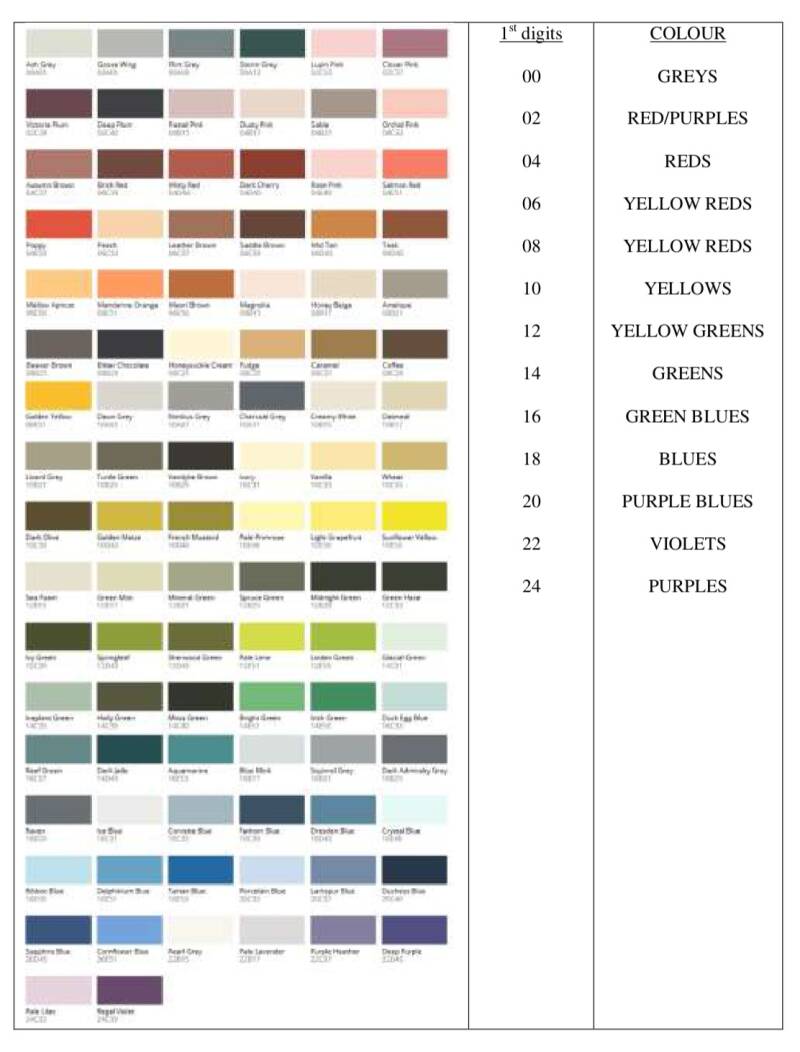So many colours
Nowadays we have so many colours available to us, but they all start from the same three colours: Red, Yellow, and Blue

These three colours arevthen mixed, in equal quantities, to createvanother three colours, which are known as the sendary colours.

Tints, shades, and tones
Tints and shades are important concepts in color theory:
- A tint is created by adding white to a colour, which lightens it. For example, adding white to red creates pink.
- A shade is created by adding black to a color, which darkens it. For example, adding black to red creates a darker red.A Tone is created by addinga adding a mixture of black and white (a tint and a shade, also known simplybas 'grey' to any colour and is a great way to create moods such as emphasis and mood for example without changing the colour itself.
- This is wherevthevterm Hue really comes into play.
- The term 'Hue' refers to the colour itself, thevChroma relates to it's degree of lightness, or darkness , also known as the strength of a colour, so by adding a tone, made of both tints and shades, the Hue remains but the chroma is adjusted. Through centuries of study into colour there are many varying colour systems available today. The Munsell colour system was created to demonstrate the terms we ha ve mentioned above, as seen next:

So already it's confusing as to why people today take notice of words, when, once you understand colour, words are only used as descriptives of how colour is formed, names like "elephants breath" are quite useless (in addition to being ridiculous!) So maybe this all says more about the humans than it does about colour. Good old Mark Eting has done his work
The easiest starting point (we think)
This is where we started out, and it is, we still think anyway, a great colour scheme to get used to
The BS 4800 colour range
The BS4800 COLOUR RANGE includes a broad spectrum: Black, White, neutrals, Reds, Greens, Brown's, and Oranges
It is widely known throughout the UK construction market and often used by Architects and Project Managers in contract documentation, and it's as easy to learn as 1, 2, 3!
- Hue (first part): Indicates the colour family, represented as even numbers between 02 and 24 for main colours, with 00 reserved for neutral colours such as black and white. For example, "08" represents a green hue.
- Greyness (second part): A letter from A to E, showing the amount of grey present in the colour. "A" contains the most grey, while "E" has none solidly. This determines the subtle variation or neutrality of the colour.
- Weight (third part): A pair of numbers ranging from 01 to 56, indicating the intensity or lightness of the colour. This helps balance visual perception, particularly for yellowish hues that can appear heavier without adjustment.

The BS4800 colour range lists 100 colours, Including black and white, and all paint manufacturers should create these exact. Colours, and after that they can make whatever colours they like, which is why "elephant's breath" is a known Farrow and Ball colour, becuse it is a colour which they themselves have created (let's be serious here, who else would create a colour that has never been seen, but equally who in their right mind would buy it?
You see that each of the 100 BS4800 colours are designated by a unique coding system, and this can play a great help to Decorators: if you use these colours and keep a written record of the code numbers used, and where that colour was used (e.g 1 acatia avenue, lounge ceiling white - 00E55) and one day you get a call back to redecorate the lounge ceiling. Now, even though you may not remember which brand name of paint you originally used, you can get that code number made in any brand name of paint, and it will be a colour match.
One final point
A large number of online paint companys today only show their own range of paints, but rarely show the BS4800 colour range.which frankly to us simply says that they are purely motivated by profit, and their "in house" colours return them a greater profit, maybe because they can buy their ingredients cheaper from an Eastern Asian supplier these days, so don't be fooled into thinking £100 is cheap for a 5ltr can of paint because Mark Eting has made you believe that you are getting better quality paint, for extortionate prices.
Writing this up has reminded me of a true story, and one which happened in the good times where people were not as angry as too many appear to be today, so you'll just have to accept this as in what happened:
As an apprentice I was apprenticed to a lovely old chap, born in 1926, who would come to work impeccably dressed in shirt, tie, bowler hat and bib 'n brace overalls.
One break time we were having a cup of tea from our flasks and I was flicking through my brand new "berger brolac" BS4800 colour swatch that I had been given the day before; to put it in context these colour swatches were not the glossy fold out things we have today, but were individual cards with every colour painted on one side and the colour name and BS4800 colours and codes of the time - there were 100 colours then, and still are 100 colours today, including black and white, so 100 cards in total all with a single hole punched in the top corner which allowed for them to be stacked and tied.
I was 15 and felt really proud to have my very first colour swatch, flicking through the cards and learning the names etc when my teacher said "pass that here" so I immediately passed it to him, and He proceeded to rip out about half of the cards before handing me the now half full swatch.
Feeling a bit down at my newly revised swatch, I asked Him why He had done that?
His reply: "never give a woman that amount of choice boy, even with just that half they'll still change their mind after you've painted their room!"
So please take this in the light hearted manner as it's meant: the reason it's always stayed with me is that I've now had 5 decades of Him being proved right 🤣